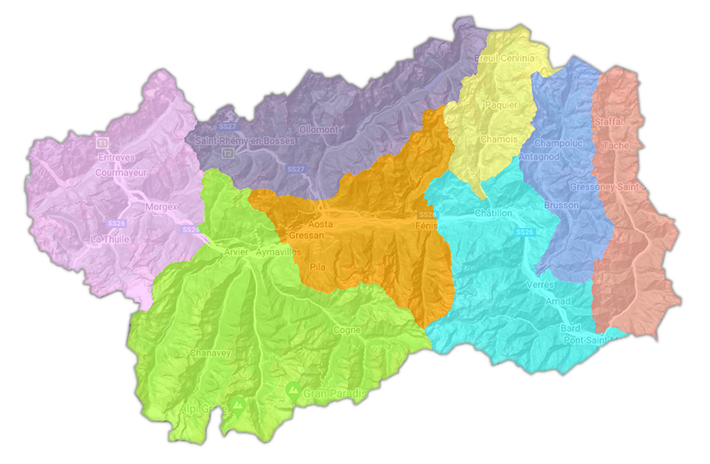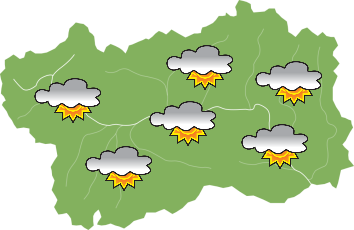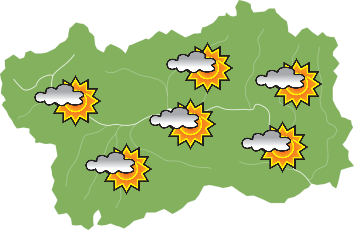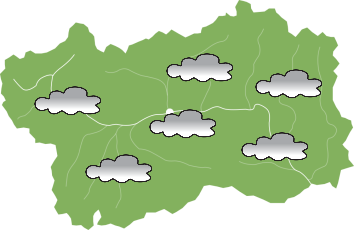Servette mining site
Geosites and mines - Saint-MarcelThe site stretches across an altitude of between 1,720 and 1,850 m, set among stunning nature and landscapes in the Mont Avic-Mont Emilius Special Protection Area, which is part of the Natura 2000 network.
The tour trail set up through the mining site leads you to explore the mining work that went on here, as well as the material processing phases, the miners’ lives and the related economic and social aspects.
You can enter the site at the Les Druges Picnic Area (1,594 m at Les Druges Alte, accessible by following regional road No 14 for about 15 km from the bottom of the valley), where you’ll find the ticket office and visitors welcome point (as well as restrooms, tables, benches and barbecues).
From here, a pleasant 20-30 minute walk leads you to the mining site.
Main points of interest
The tour route is marked out by a series of information panels in 3 languages (Italian, French and English) which describe:
- the remains of the ancient Treves foundry, the entry point of the site;
- the mining tunnels, now preserved to let you experience the life of a miner: the “1815” tunnel, situated at the highest point (open to the public for about 120 metres walking on the “original” ground), the “San Giacomo” (open for about 30 metres, where you can see the millstones) and the “San Giuseppe” (open for about 80 metres);
- the guard’s quarters, set up inside with vintage objects;
- the mine track;
- the dormitories, forge and service buildings;
- the powder magazine and detonator store;
- the Decauville: the cableway station;
- the slag heaps, where you can see and touch the remains of the mined materials.
The outside of the mining site is freely open to the public all year round.
Visits can be organized for groups of 8 people by reservation only.
For knowing visits-events in program, visit the web site and the Facebook page
Useful info
The site is located in the mountains, that’s why hiking clothing and footwear are recommended.
The temperature in the tunnels is about 8-12 degrees. A protective helmet is provided to access the tunnels, while for entering the “1815” tunnel boots, are also provided.
Ascent height: about 250 metres.
The visitor car park is located by the Les Druges Picnic Area.
For safety reasons, animals are not allowed on visits.










